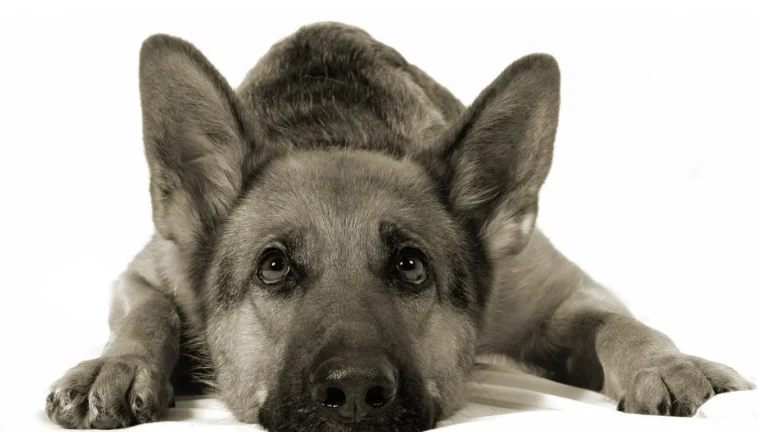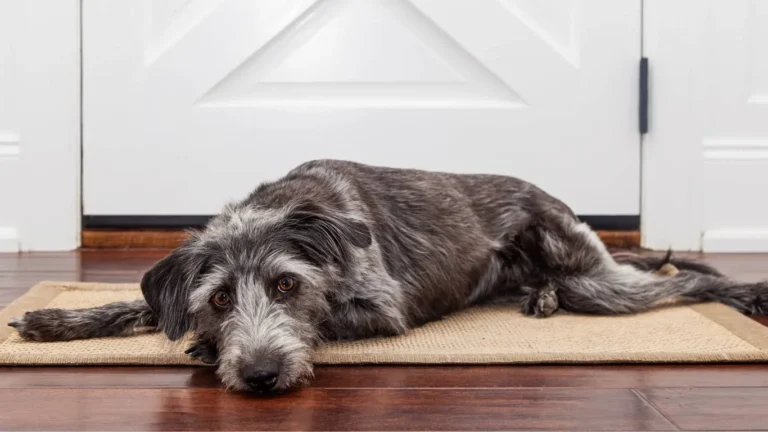Keep Your Dog’s Joints Healthy This Winter: Expert Tips for Pain-Free Movement
Winter can be tough on our furry friends, especially when it comes to their joints. If you’ve ever noticed your pup moving a little slower or hesitating before jumping onto the couch when it’s cold outside, you’re not imagining things. Just like humans, dogs can experience joint stiffness and discomfort in chilly weather. As a pet nutritionist and someone who’s spent years in veterinary clinics helping dogs stay healthy, I know firsthand how crucial it is to support your pup’s joints in winter. So, let’s dive into some practical ways to keep your dog feeling limber and comfortable all season long!
Why Cold Weather Affects Your Dog’s Joints

If you’ve ever felt a twinge of stiffness on a cold morning, you already understand why winter can be rough on dogs—especially senior pups and those with arthritis. When temperatures drop, joint fluid thickens, making movement less smooth and increasing stiffness. Cold weather also tends to make dogs less active, which can lead to muscle loss and further joint stress.
Common Signs Your Dog’s Joints Are Struggling
Not sure if your dog is affected by winter joint pain? Here are some telltale signs:
- Slower movements: Hesitating before jumping, walking more stiffly, or struggling to get up from lying down.
- Limping: More noticeable after long periods of rest.
- Reluctance to exercise: Your once-playful pup may not be as eager for their daily walks.
- Behavioral changes: Irritability, licking joints, or avoiding certain activities.
How to Keep Your Dog’s Joints Healthy in Winter

Now that we know how cold weather affects joint health, let’s talk about what we can do to help. From diet to daily habits, small adjustments can make a huge difference in keeping your pup mobile and happy.
1. Keep Your Dog Warm
One of the simplest ways to ease joint discomfort is to keep your dog warm. I always recommend pet parents invest in cozy, insulated dog jackets—especially for seniors and short-haired breeds. Indoors, ensure they have a soft, warm bed (preferably orthopedic) away from cold floors and drafts.
2. Maintain Gentle, Regular Exercise
When it’s cold, dogs tend to become less active, which can lead to joint stiffness. The trick is to keep them moving but in a way that’s gentle on their joints. Here’s what I suggest:
- Short, frequent walks: Avoid long, strenuous outings in freezing weather. Instead, take multiple shorter walks to keep joints warm and lubricated.
- Indoor play: Simple games like gentle tug-of-war or hide-and-seek can keep your dog active without overexertion.
- Swimming: If you have access to an indoor heated pool for dogs, swimming is one of the best low-impact exercises for joint health.
3. Optimize Their Diet for Joint Support
As a pet nutritionist, I can’t stress this enough—what your dog eats plays a massive role in joint health. In winter, it’s extra important to feed a diet rich in anti-inflammatory ingredients and joint-supporting nutrients.
Here are some key nutrients to focus on:
- Omega-3 fatty acids: Found in fish oil, these help reduce joint inflammation.
- Glucosamine & chondroitin: These are natural joint supplements that help maintain cartilage health.
- Collagen: Supports connective tissue and joint structure.
- Antioxidants: Found in blueberries, spinach, and carrots, these help reduce oxidative stress in joints.
Adding these to your dog’s diet—whether through high-quality commercial food, supplements, or home-cooked meals—can make a noticeable difference in their mobility.
#LNF #LNF






